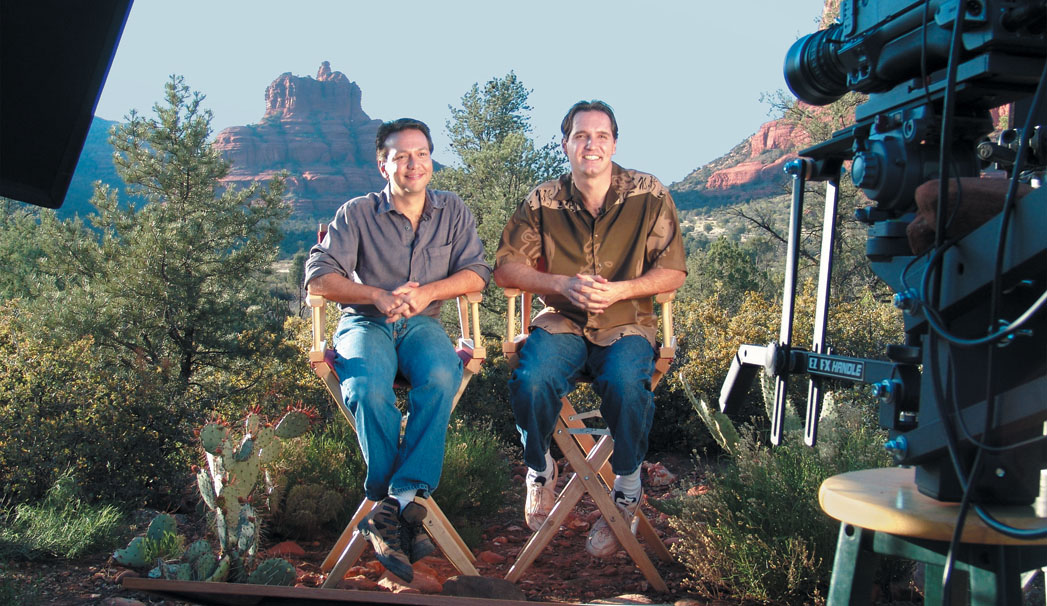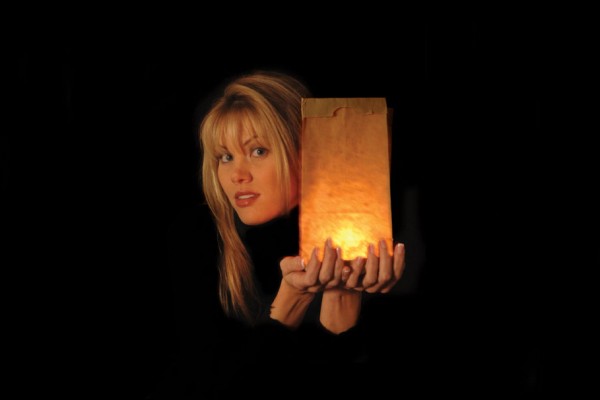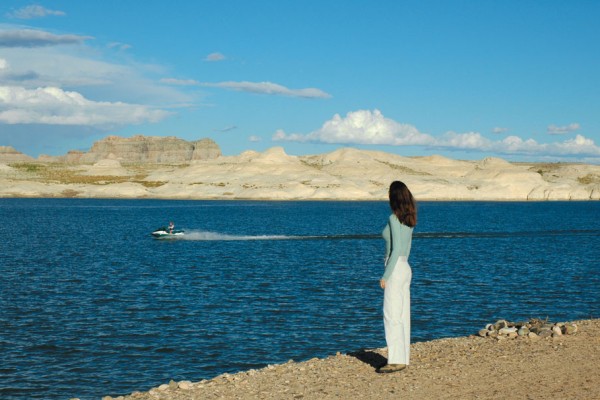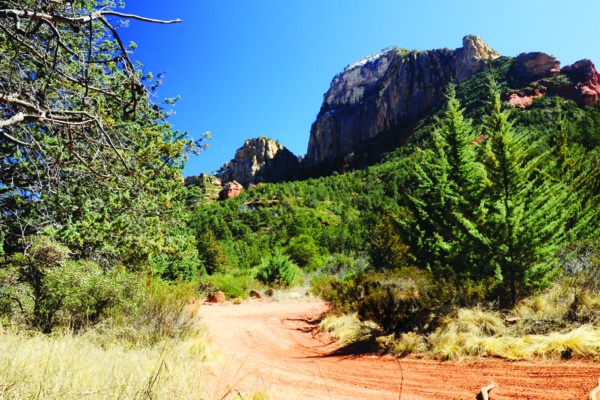Is Sedona ready for its close-up? Starting in May, a national TV network, the Wisdom Channel, began airing the first 30-minute episodes of Sedona Now, produced and hosted by Glenn Scarpelli and Jude Belanger. The series – carried to a national audience primarily on the DISH satellite-TV network (serving 9 million homes), as well as a smattering of cable systems across the United States and select Comcast video-on-demand services – is a compilation of segments created here for Glenn and Jude’s now two-year-old Sedona Now network (airing locally on channel 18).
How did Sedona become the star of its own series? And what makes these two entrepreneurs think they can build a national video production company in a town of 17,000 people? Welcome to the new world of media.
The big story in TV over the past couple of years is a change in the “rules.” Reality shows like Survivor, The Bachelor and The Apprentice have shaken one notion of how you make TV; that you assemble a team of writers and actors; build sets on a Hollywood soundstage; and act out a script. Popular entertainment now comes at least as frequently from dropping “regular” people into a situation, turning the camera on and editing it all into a compelling story.
But there’s another, quieter revolution going on in TV, one driven by technology. It broadens the spectrum for programming, allowing a “niche” lifestyle network to launch in West Virginia and reach people’s homes. And it enables two guys working 120 miles from the nearest major market to produce programing of broadcast quality, with Sedona as its star.
“We go to L.A. a lot – we have friends there who produce national TV shows. They kind of look at us like we’re Newhart [the sitcom where the star’s character hosted a talk show from a quaint Vermont public access facility],” Glenn says. “It’s like, ‘Oh, small-town TV, how sweet.’ ”
Here’s a wake-up call for the big city: It may indeed be sweet, but it’s neither amateur nor low-tech.
“We wouldn’t be doing any of this without the technology advances,” Glenn says. “Before, [editing programs] would cost you $60,000; now we are talking a $12,000 program or less. And we are all digital; digital editing makes everything simpler and quicker. With the kind of budgets we have, our decision from Day One was to put every penny that we raise for the station on that screen. And that is what we do.”
Both Glenn and Jude spent time in front of the camera before expanding their sights to include the business side. Jude began modeling in college to earn money while completing his degree in architecture. When he finished school, the modeling continued, but the architecture was put on hold until, oddly enough, he got on the set of the soap opera All My Children.
“At the time I was very frustrated,” Jude recalls. “I had an architecture degree I was sitting on, and I was running around modeling. The money was great but I was really bored. A friend of mine said he was doing set design for All My Children and he asked if I would come in and work with him, which I did. While I was there I met the casting director and they offered me this little role as a young doctor intern, so whenever the medical set came out so would I, with a few sentences to read. So I had this small part that I did in conjunction with learning a little bit of set design. It was like working both worlds there. And then [AMC star] Susan Lucci’s character drove her car over a cliff and was in a coma, so I had a lot of work for a month or two!




